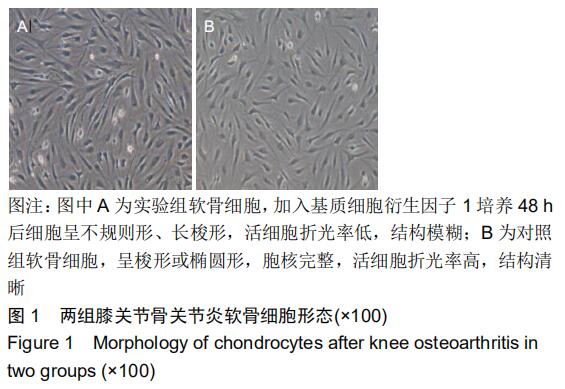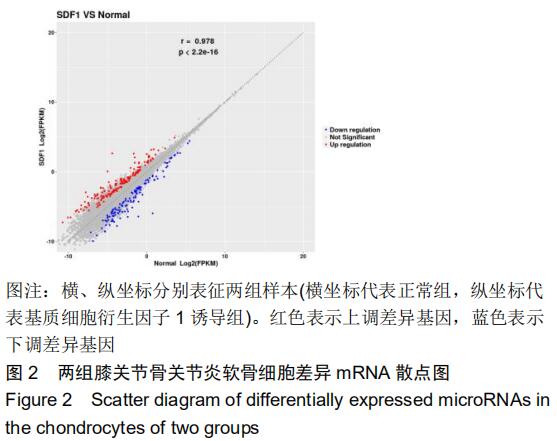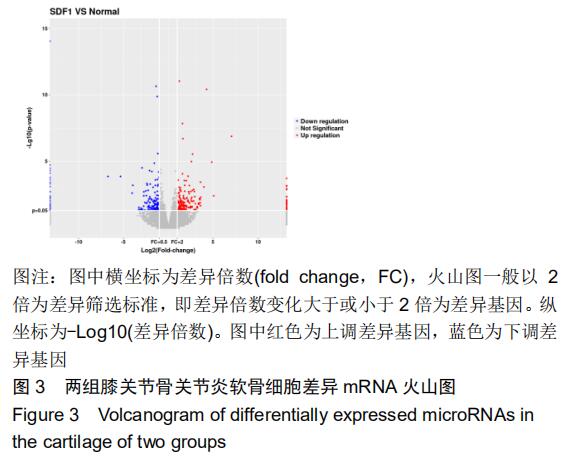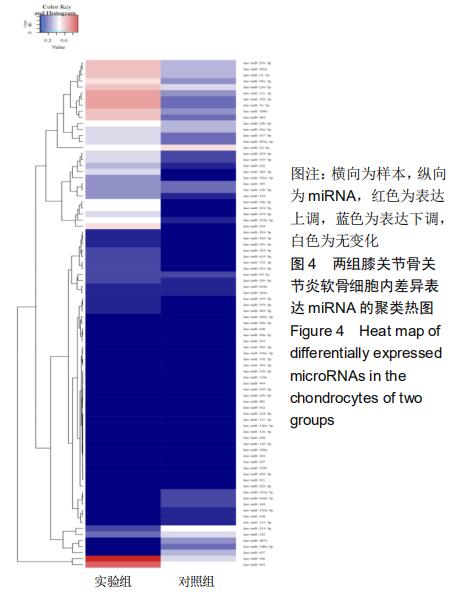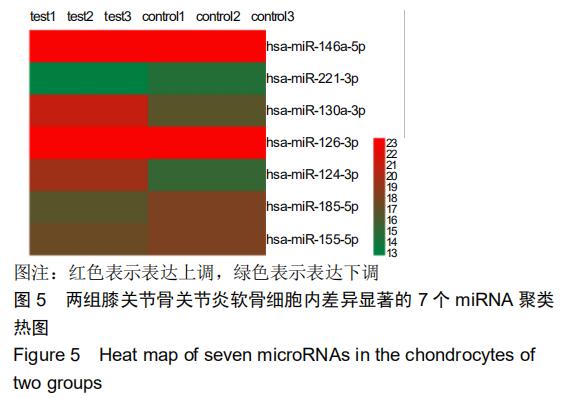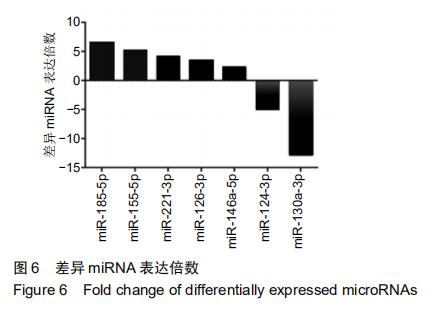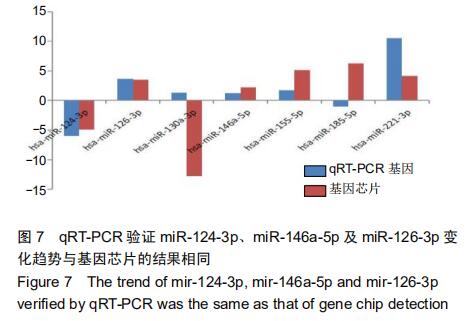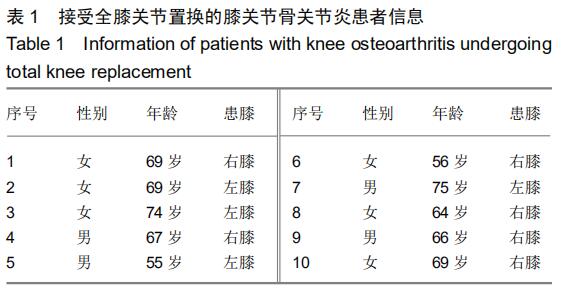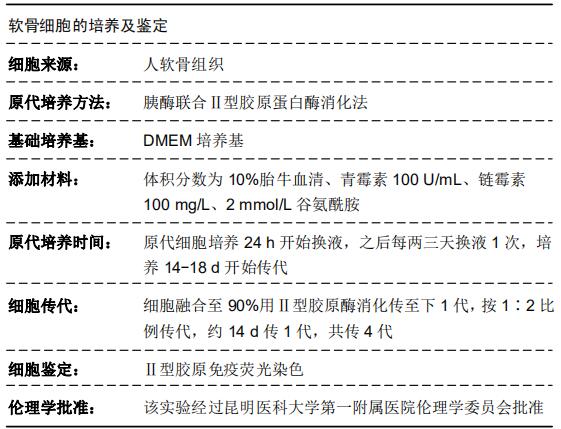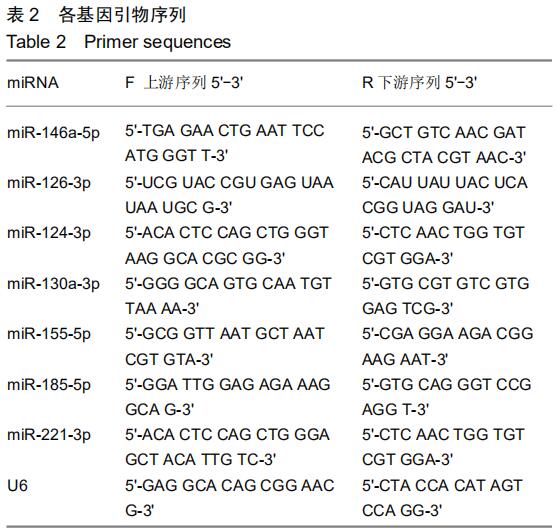|
[1] JAMSHIDI A, PELLETIER JP, MARTEL-PELLETIER J. Machine-learning-based patient-specific prediction models for knee osteoarthritis. Nat Rev Rheumatol. 2019;15(1):49-60.
[2] NGUYEN US, ZHANG Y, ZHU Y, et al. Increasing prevalence of knee pain and symptomatic knee osteoarthritis: survey and cohort data. Ann Intern Med. 2011;155(11):725-732.
[3] AGUIAR GC, QUEIROZ-JUNIOR CM, SITTA GL, et al. Mefenamic acid decreases inflammation but not joint lesions in experimental osteoarthritis. Int J Exp Pathol. 2016;97(6): 438-446.
[4] JONES IA, TOGASHI R, WILSON ML, et al. Intra-articular treatment options for knee osteoarthritis. Nat Rev Rheumatol. 2019;15(2):77-90.
[5] CHAKRABORTY S, BAINE MJ, SASSON AR, et al. Current status of molecular markers for early detection of sporadic pancreatic cancer. Biochim Biophys Acta. 2011;1815(1): 44-64.
[6] ROSS JM, SHERWIN AF, POOLE CA. In vitro culture of enzymatically isolated chondrons: a possible model for the initiation of osteoarthritis. J Anat. 2006;209(6):793-806.
[7] ALTMAN RD. The classification of osteoarthritis. J Rheumatol Suppl. 1995;43:42-43.
[8] MANKIN HJ, DORFMAN H, LIPPIELLO L, et al. Biochemical and metabolic abnormalities in articular cartilage from osteo-arthritic human hips. II. Correlation of morphology with biochemical and metabolic data. J Bone Joint Surg Am. 1971; 53(3):523-537.
[9] HE Z, JIA M, YU Y, et al. Roles of SDF-1/CXCR4 axis in cartilage endplate stem cells mediated promotion of nucleus pulposus cells proliferation. Biochem Biophys Res Commun. 2018;506(1):94-101.
[10] CHEN HT, TSOU HK, HSU CJ, et al. Stromal cell-derived factor-1/CXCR4 promotes IL-6 production in human synovial fibroblasts. J Cell Biochem. 2011;112(4):1219-1227.
[11] DONG Y, LIU H, ZHANG X, et al. Inhibition of SDF-1α/CXCR4 Signalling in Subchondral Bone Attenuates Post-Traumatic Osteoarthritis. Int J Mol Sci. 2016;17(6): E943.
[12] 蒙旭晗.三种拮抗剂体内靶向阻断SDF-1/CXCR4信号通路调控关节软骨退变的研究[D].昆明:昆明医科大学,2018
[13] 李龙滕,李彦林,王坤,等.TN14003体外阻断SDF-1/CXCR4信号通路对骨关节炎患者软骨组织分泌基质金属蛋白酶 3、9、13 水平的影响[J].中国运动医学杂志,2017,36(1):44-47.
[14] WANG K, LI Y, HAN R, et al. T140 blocks the SDF-1/CXCR4 signaling pathway and prevents cartilage degeneration in an osteoarthritis disease model. PLoS One. 2017;12(4): e0176048.
[15] THOMAS NP, LI P, FLEMING BC, et al. Attenuation of cartilage pathogenesis in post-traumatic osteoarthritis (PTOA) in mice by blocking the stromal derived factor 1 receptor (CXCR4) with the specific inhibitor, AMD3100. J Orthop Res. 2015;33(7):1071-1078.
[16] TOMANKOVA T, PETREK M, GALLO J, et al. MicroRNAs: Emerging Regulators of Immune-Mediated Diseases. Scand J Immunol. 2012;75(2):129-141.
[17] KOSTOPOULOU F, MALIZOS KN, PAPATHANASIOU I, et al. MicroRNA-33a regulates cholesterol synthesis and cholesterol efflux-related genes in osteoarthritic chondrocytes. Arthritis Res Ther. 2015;17:42.
[18] TARDIF G, HUM D, PELLETIER JP, et al. Regulation of the IGFBP-5 and MMP-13 genes by the microRNAs miR-140 and miR-27a in human osteoarthritic chondrocytes. BMC Musculoskelet Disord. 2009;10:148.
[19] ZHANG X, WANG C, ZHAO J, et al. miR-146a facilitates osteoarthritis by regulating cartilage homeostasis via targeting Camk2d and Ppp3r2. Cell Death Dis. 2017;8(4):e2734.
[20] HASEEB A, MAKKI MS, KHAN NM, et al. Deep sequencing and analyses of miRNAs, isomiRs and miRNA induced silencing complex (miRISC)-associated miRNome in primary human chondrocytes. Sci Rep. 2017;7(1):15178.
[21] LI J, HUANG J, DAI L, et al. miR-146a, an IL-1β responsive miRNA, induces vascular endothelial growth factor and chondrocyte apoptosis by targeting Smad4. Arthritis Res Ther. 2012;14(2):R75.
[22] YAMASAKI K, NAKASA T, MIYAKI S, et al. Expression of MicroRNA-146a in osteoarthritis cartilage. Arthritis Rheum. 2009;60(4):1035-1041.
[23] ILIOPOULOS D, MALIZOS KN, OIKONOMOU P, et al. Integrative microRNA and proteomic approaches identify novel osteoarthritis genes and their collaborative metabolic and inflammatory networks. PLoS One. 2008;3(11):e3740.
[24] JONES SW, WATKINS G, LE GOOD N, et al. The identification of differentially expressed microRNA in osteoarthritic tissue that modulate the production of TNF-alpha and MMP13. Osteoarthritis Cartilage. 2009; 17(4):464-472.
|

